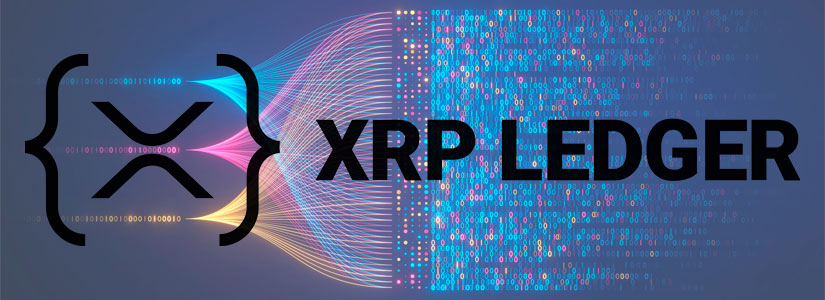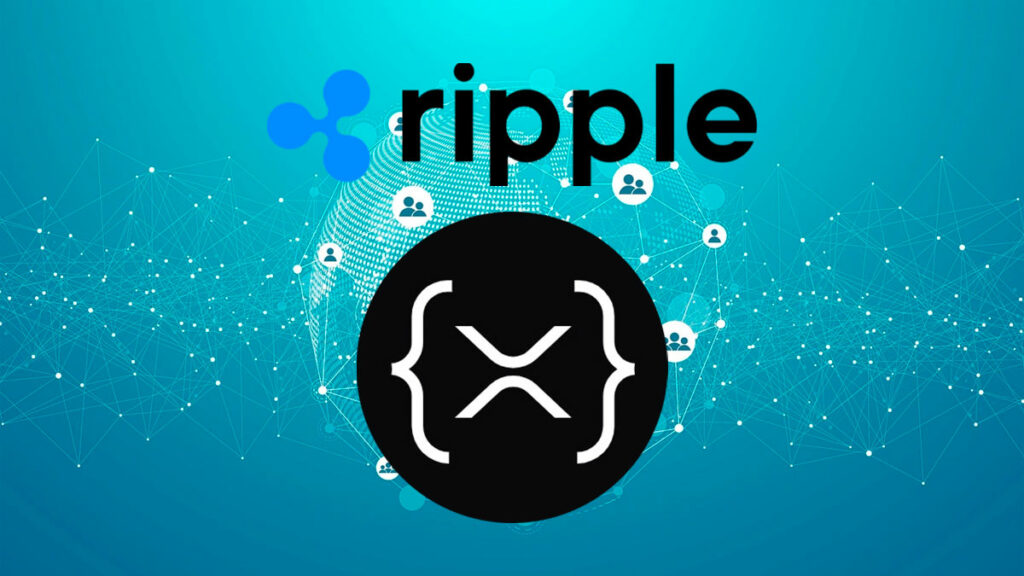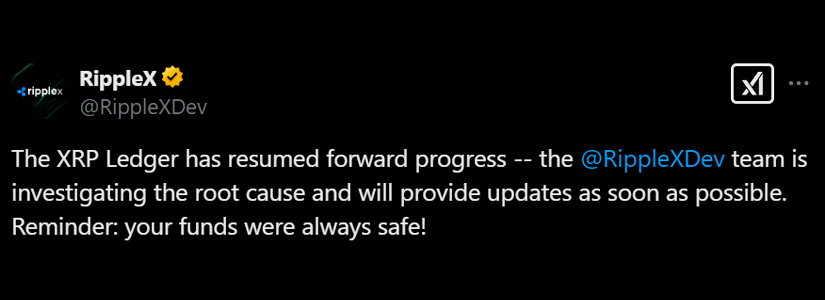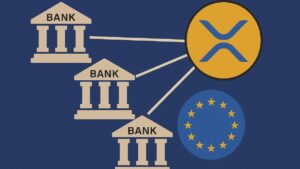TL;DR
- Ripple’s XRP Ledger experienced a 64-minute network halt on February 4, due to consensus issues, affecting approximately 88,000 transactions.
- Validator operators manually intervened to resume operations, but it remains unclear if the network self-healed or if the intervention directly resolved the issue.
- Ripple reassured users that their funds remained secure during the incident and is conducting a post-mortem analysis to prevent future occurrences.
Ripple‘s XRP Ledger (XRPL) experienced a temporary network halt on February 4, 2025, causing a 64-minute disruption in block production. The incident, which occurred at block height 93,927,174, led to Ripple’s CTO David Schwartz confirming that while consensus appeared functional, validations were not being published, causing the network to drift apart.
To address the issue, validator operators manually intervened to select a reliable starting point from the last fully validated ledger, allowing the network to resume operations. Schwartz noted that this manual action might have helped realign the network. However, it was still unclear whether the network self-healed or if the intervention directly resolved the problem.
Impact on Transactions and User Funds

The network halt affected approximately 88,000 transactions, based on XRPL’s typical daily activity. Despite the disruption, Ripple reassured users that their funds remained secure throughout the incident. The servers detected the malfunction and withheld validation, ensuring that majority-validation ledgers were not compromised.
Previous Technical Issues and Market Response
This is not the first time the XRP Ledger has faced technical issues. In November 2024, the network experienced a temporary halt due to a node crash, and in September 2024, full history nodes faced failures caused by an SQLite database page size limitation. Following the recent network disruption, XRP’s price briefly declined to $2.45 but rebounded to $2.53 within 24 hours.
Ongoing Investigation and Future Measures
Ripple’s technical team is conducting a post-mortem analysis to identify the root cause of the halt and prevent future incidents. Schwartz hinted at a self-healing network mechanism, noting that only one validator operator manually intervened. RippleX reaffirmed that user funds remained safe and that the incident did not result in any asset losses.
The recent XRP Ledger halt has reignited debates about Ripple’s centralized network structure compared to more decentralized networks like Ethereum. Ripple continues to investigate the issue and aims to enhance the network’s resilience to ensure seamless operations in the future.











